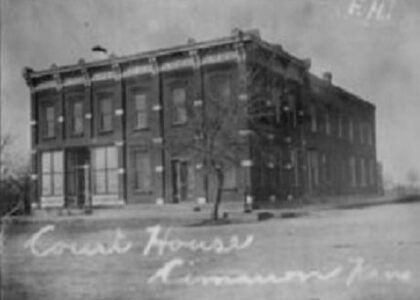Welcome to the Marquis Calmes Tomb, a quiet reminder of the rich tapestry of American history nestled in Kentucky. This site is the final resting place of Marquis Calmes IV, a significant figure from the Revolutionary War and the War of 1812. Born on February 26, 1755, in Frederick, Virginia, Calmes hailed from a Huguenot family that emigrated from France to the American colonies in the early 18th century. His grandfather, Marquis Guillame de Calmes II, was part of this migration, seeking religious freedom in the New World.
Marquis Calmes IV was educated abroad but returned to Virginia at the outbreak of the American Revolution. Demonstrating early leadership, he personally financed and raised a company to join the 2nd Virginia Regiment. His military acumen was quickly recognized when he replaced the injured Colonel Thomas Marshall at the Battle of Brandywine, leading to his promotion to captain.
Following his military service, Calmes settled in Kentucky, where he founded the plantation known as Caneland near Versailles, in Woodford County. He was instrumental in founding the town of Versailles, Kentucky. Throughout his life, he remained a prominent figure in local governance, serving on the county court and in the Kentucky State Legislature in 1795.
During the War of 1812, Calmes was promoted to Brigadier General, commanding Kentucky riflemen under General William Henry Harrison. His contributions to the war efforts were notable, further cementing his legacy in American military history.
The tomb itself, restored in 1990, is a plain stone mausoleum that reflects the simplicity and dignity of Calmes’ life. Not far from here, he hosted the Marquis de Lafayette, a friend from the Revolutionary War, during Lafayette’s American tour in 1825.
Marquis Calmes IV passed away on February 27, 1834, leaving behind a legacy of bravery, leadership, and pioneering spirit. His life story is a chapter in the broader narrative of American independence and expansion, illustrating the complex weave of personal sacrifice and national history.




